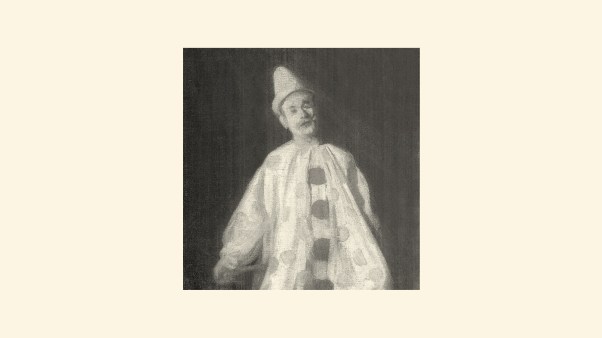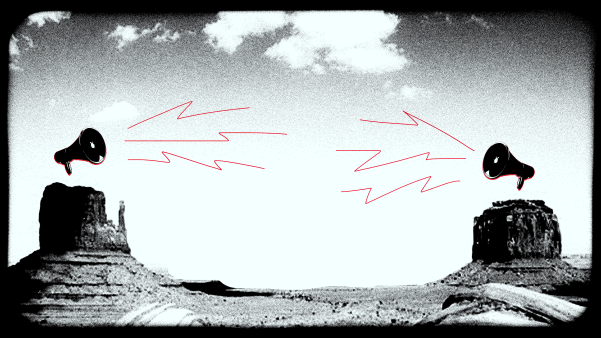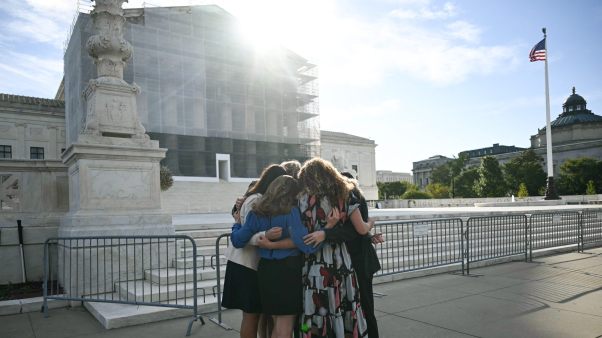Whenever we prepare an issue on a new topic, our writers find facts in their digging that are new to me and that add to my sense of the richness of Christian history.
Our issue on Mary, the mother of Jesus—mailing at the end of this month—has certainly been no exception. Indeed, since Protestants have typically been content to leave the study of this honored biblical figure to the Catholics and Orthodox, I was more than usually enlightened this time around.
One area that was new to me is the little matter of Mary’s supposed bodily assumption into heaven—on the analogy of certain particularly saintly Old Testament characters. I asked freelancer Sarah E. Dahl the question “What’s up with that?”
This was her reply—originally slated as a sidebar for our issue, but through the vicissitudes of the editorial process, taken out and reserved for just this occasion: the day of the “Feast of the Assumption,” August 15.
* * *
Standing before a joyful crowd packing St. Peter’s square in November 1950, Pope Pius XII declared “that the Immaculate Mother of God, the ever Virgin Mary, having completed the course of her earthly life, was assumed body and soul to heavenly glory.” By this proclamation the pope defined belief in Mary’s assumption into heaven as a dogma, or divinely revealed teaching, of the Catholic Church. However, belief that Mary “fell asleep” at the end of her life and was miraculously transported to heaven dates back to the early medieval church and has been a source of devotion for centuries in the Catholic and Orthodox traditions.
Although Scripture reveals nothing about the manner of Mary’s death, traditions surrounding her life after Christ’s resurrection soon arose in the church. References to her dormition (literally “falling asleep”) and assumption appear as early as the seventh century. In the most famous account, St. John Damascene (d. 749) passed on a story reportedly told at the Council of Chalcedon (451) that Mary had died in the presence of the Apostles, but when they opened her tomb they found it empty, “wherefrom the Apostles concluded that the body was taken up to heaven.” By the end of the eighth century, feasts celebrating Mary’s dormition included prayers referring to her assumption as well.
Mary’s bodily assumption into heaven has traditionally been celebrated as the firstfruits of Christ’s resurrection. Catholic and Orthodox believers affirm that because Mary was assumed body and soul into heaven, she experiences the resurrected glory for which all Christians hope. Vatican II teaches that “she shines forth on earth … a sign of certain hope and comfort to the pilgrim people of God.” Her assumption serves as a promise of the work that God will do for all believers, and as a reminder that resurrected humanity will be an uncorrupted union of body and soul.
* * *
The exact origin of the Feast of the Assumption is not known, but like many Marian practices, it seems to have a very early beginning. Celebrated in Palestine before the year 500, probably in August, it was also kept by the early Egyptian monks, though in January. The 6th-century church in Gaul borrowed the feast, as it did many other things, from the Eastern monks, again celebrating it in January. In the Greek Church, some followed the monastic dating of January, others the Palestinian dating of August. Finally Emperor Maurice (d. 602) set the feast for the Greek Empire on 15 August. In the Christian West, the feast seems to have been adopted somewhat later, but was observed as one of the principal festivities of Rome by the time of Sergius I (700).
Copyright © 2004 Christianity Today.Click for reprint information.








